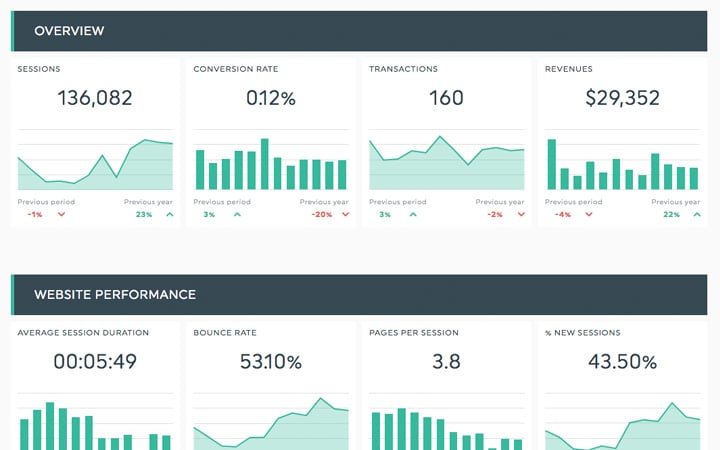What is the Average Transaction Value?
The average transaction value (ATV) is a key metric in e-commerce, representing the average monetary worth of individual customer transactions. Calculated by dividing the total revenue generated by the number of transactions within a specified period, a high ATV indicates that customers are spending more per purchase. Businesses often employ various strategies such as bundling, tiered pricing, and loyalty programs to increase the ATV, aiming to maximize revenue and profitability while delivering additional value to customers.






